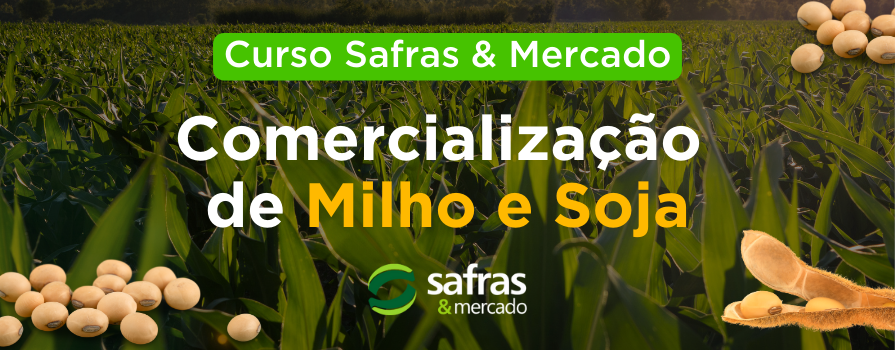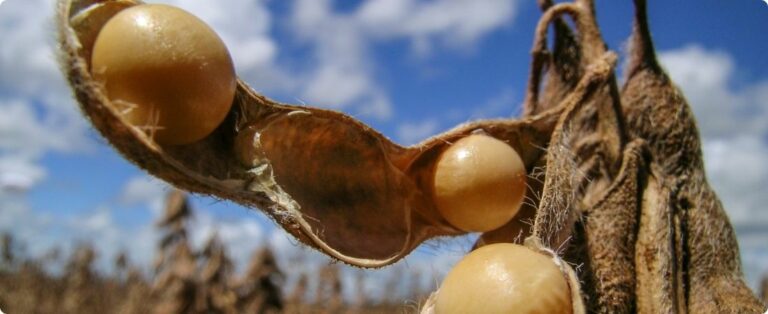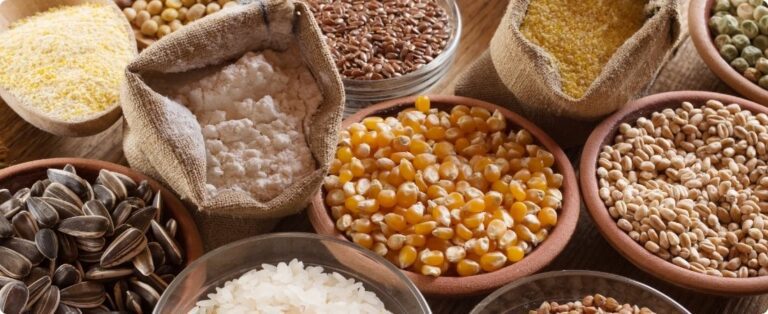
The Brazilian cocoa market faces a challenging start to the year. In the first quarter of 2025, the receipt volume The national volume reached 17,758 tons of almonds, a significant drop of 67% compared to the last quarter of 2024, when 54,435 tons were recorded. In comparison with the same period last year, when the volume reached 18,700 tons, the decrease was 5%.
The data, compiled by SindiDados – Campos Consultores and released by the National Association of Cocoa Processing Industries (AIPC), represents the second lowest volume recorded for a first quarter in the last five years, only above that observed in 2021.
For AIPC CEO Anna Paula Losi, the sharp drop highlights the strong seasonality of the harvest and, mainly, the difficulties in sustaining national production in the face of industry demand.
With the shortage in supply and the decline in demand, milling also fell during the period. The Brazilian industry processed 52,135 tons of cocoa between January and March, a drop of 13% compared to the 59,942 tons in the same period in 2024. Compared to the last quarter of last year, with 59,589 tons processed, the reduction was 12%. Despite the drop, the industrialized volume was almost three times greater than the total received in the domestic market, indicating a strong dependence on imported almonds. The deficit of 34,377 tons between the total milled and the national volume highlighted the need for imports to meet the industry's demand.
Regional production and foreign trade
Among the producing states, Bahia remained the main supplier in the first quarter of 2025, with 11,671 tons — just over 65% of the national total. The volume grew 2% compared to the same period in 2024, but fell 73% compared to the fourth quarter, due to seasonality. Pará recorded 4,223 tons, a drop of 28% in the annual comparison and 51% compared to the previous quarter, representing 24% of the national total. Espírito Santo had significant growth, with 1,743 tons and an increase of almost 37% in the annual comparison, reaching its highest volume in the recent series. Rondônia, on the other hand, represented less than 1% of the national production, with 119 tons, a drop of almost 24% compared to the previous year.
In foreign trade, exports of raw cocoa fell by 65% in the first quarter of 2025, falling from 87 to 30 tons. On the other hand, imports of beans increased by almost 30%, with Brazil acquiring 19,491 tons in the quarter. Still, even with the additional volume, the total supply — between domestic production and imports — did not cover demand, generating a deficit of 14,886 tons. According to Anna Paula Losi, the industry resorted to remaining stocks to supply the domestic market and fulfill external contracts. This reinforces the importance of imports as compensation in periods of low production.
In addition, imports of cocoa derivatives also declined, with 7,633 tons imported between January and March, a drop of 25.1% compared to the same period in 2024. In parallel, exports of derivatives fell by 2.8%, totaling 9,287 tons, compared to 9,558 tons in the previous year. These data indicate a slowdown in domestic and foreign demand, influenced by the instability of the global cocoa market.
International scenario and imports
According to an analysis by consultancy StoneX, commissioned by AIPC, the international scenario for cocoa remains under the strong impact of consecutive deficits since the 2021/22 harvest. The drop in production in West Africa, with drops of 25.3% in Ivory Coast and 18.9% in Ghana in the 2023/24 harvest, resulted in a deficit of over 460 thousand tons. The reduction in global stocks took the volume to 1,327 thousand tons, resulting in the lowest stock-to-demand ratio in the last 50 years, of just 27.2%.
This structural imbalance keeps prices high, although there are signs of normalization in the futures contract curve in New York. The prospect of drier weather in West Africa remains a point of concern, especially for the intermediate harvest from April to September.
On the other hand, concerns about demand are limiting upward movements. Global milling data for the last quarter of 2024 indicated a 4.6% drop year-on-year, and the International Cocoa Organization (ICCO) projects a possible global surplus of 142,000 tons in 2024/25. Based on a less pronounced decline in demand, which uncertainties in global economic activity may still impact, StoneX projects a surplus of 41,000 tons, according to a more conservative estimate. The scenario points to a year of strong price volatility, which should remain high throughout 2025, with a possibility of a decline only from the last quarter onwards, depending on the climate recovery and the conditions of the next harvest.
Source: Aline Merladete | agrolink















